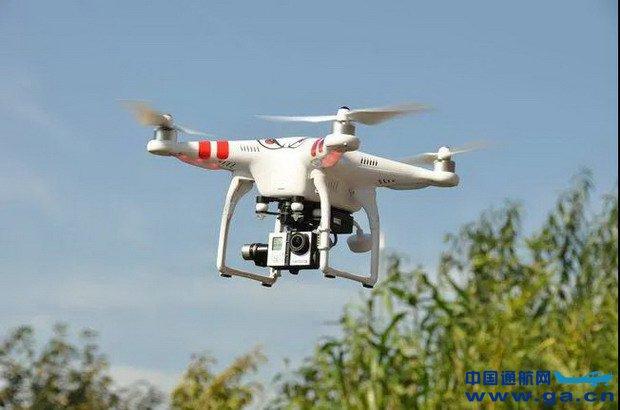Understanding Drone Technology
To excel in drone pilot training, it’s crucial to grasp the technology that powers drones. Drones, or Unmanned Aerial Vehicles (UAVs), are equipped with advanced electronics such as GPS systems, cameras, and various sensors that make them versatile tools for different applications. Familiarizing oneself with these components is the first step in becoming a proficient drone pilot.
Types of Drones
- Multirotor Drones: These are the most common and versatile type of drones widely used in photography and videography. They offer stability and ease of use.
- Fixed-Wing Drones: Ideal for longer flights, these drones resemble traditional aircraft and are known for endurance rather than hovering capabilities.
- Single-Rotor Drones: Often used for larger payloads, these drones are similar to helicopters and offer efficiency in power usage.
Knowing the types helps in aligning your drone pilot training with your goals, whether it be for recreational purposes, professional photography, or specialized industrial applications.
Getting Started with Training
Drone pilot training is multi-faceted, involving theoretical knowledge and practical skills. Regulatory compliance is key; understanding airspace regulations, no-fly zones, and certification processes creates a solid foundation for a responsible drone pilot. In many regions, passing a certification test may be mandatory.
Theoretical Knowledge
- Basic aerodynamics and flight principles.
- Weather conditions and their impact on flight.
- Drone software and hardware knowledge.
Practical Skills
- Simulator trainings to mimic real-world scenarios.
- Hands-on flying practice with different drones.
- Emergency maneuvers and troubleshooting.
Advanced Training: Taking It to the Next Level
Once foundational skills are established, advanced drone pilot training courses enhance expertise with techniques such as FPV (First Person View) flying, obstacle avoidance, and precision landings. Specialized courses may focus on particular fields like agricultural surveying, real estate marketing, or search and rescue missions.
courses enhance expertise with techniques such as FPV (First Person View) flying, obstacle avoidance, and precision landings. Specialized courses may focus on particular fields like agricultural surveying, real estate marketing, or search and rescue missions.
Certification and Beyond
Pursuing certification from recognized aviation authorities not only legitimizes your skills but also extends your access to commercial opportunities. Certification levels can range from beginner status to advanced operations involving autonomous drones and AI integration.
FAQs
- What is the cost of drone pilot training?
- The cost varies based on the level and type of training program enrolled in. Basic courses may start from a few hundred dollars, while specialized certifications might be more expensive.
- How long does it take to become a certified drone pilot?
- The duration depends on the complexity of the training program. Typically, basic certification can be achieved in a few weeks, whereas advanced training might take several months.
- Can I fly drones anywhere?
- Regulations differ globally. It is crucial to be aware of your local laws concerning no-fly zones, privacy concerns, and required certifications for particular airspaces.
Embarking on the journey of drone pilot training promises not only mastery over modern technology but also thrilling opportunities across various industries. Take the helm and become a part of this agile and expanding field.